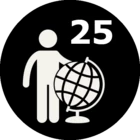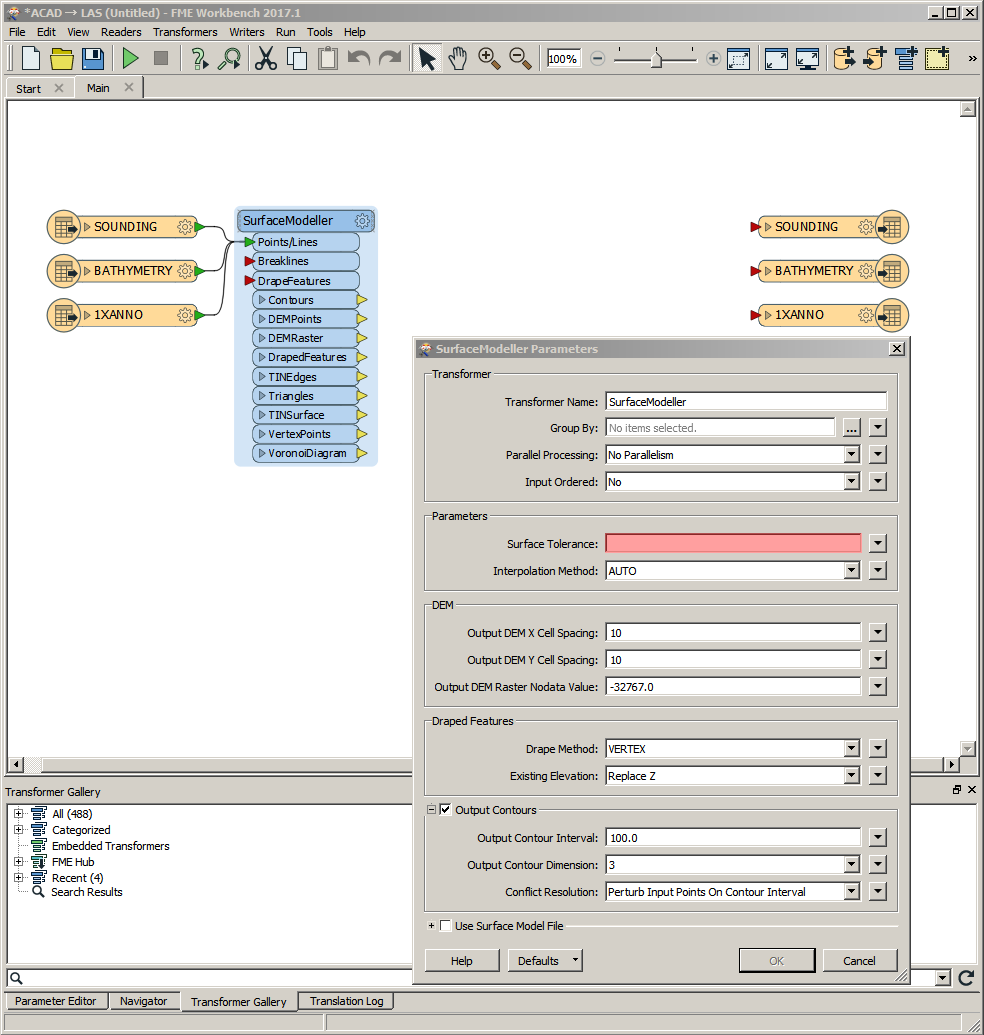I have several .dxf files of bathymetric data that I need to convert to LAS files, they contain the following: Bathymetry (contour lines), Sounding (points), 1Xanno (points) and 0 (no idea). I am new to FME and managed to figure out how to convert .xyz files to LAS but these are a lot more complicated.
Thanks,
LG




